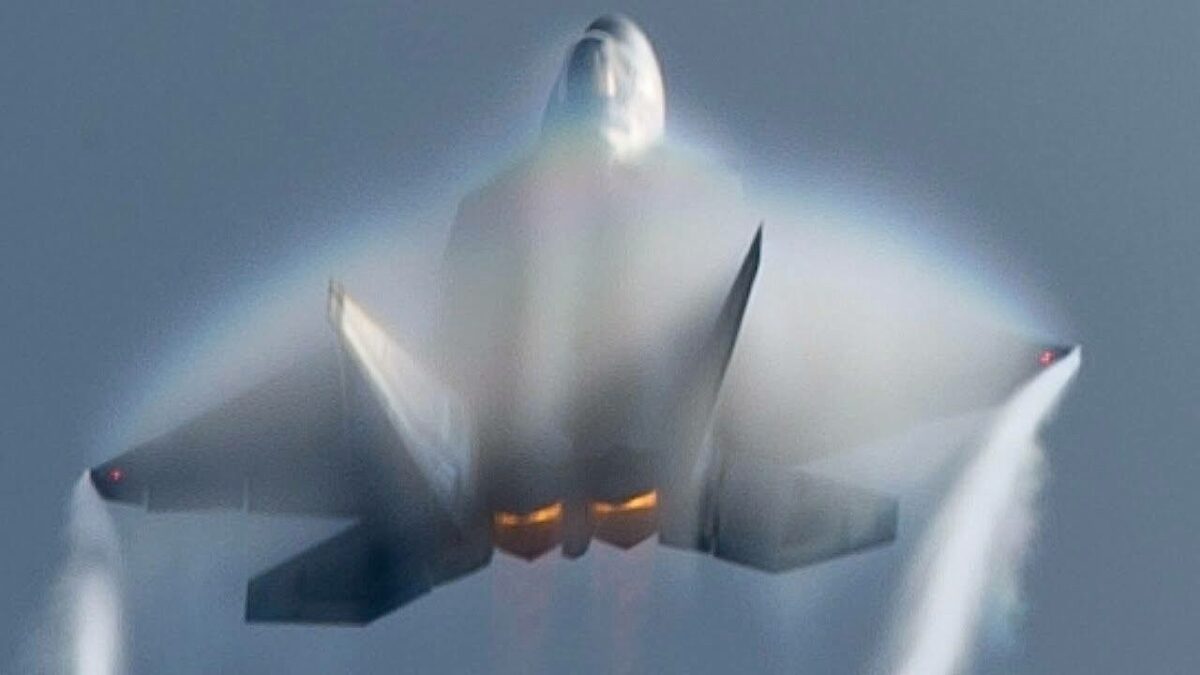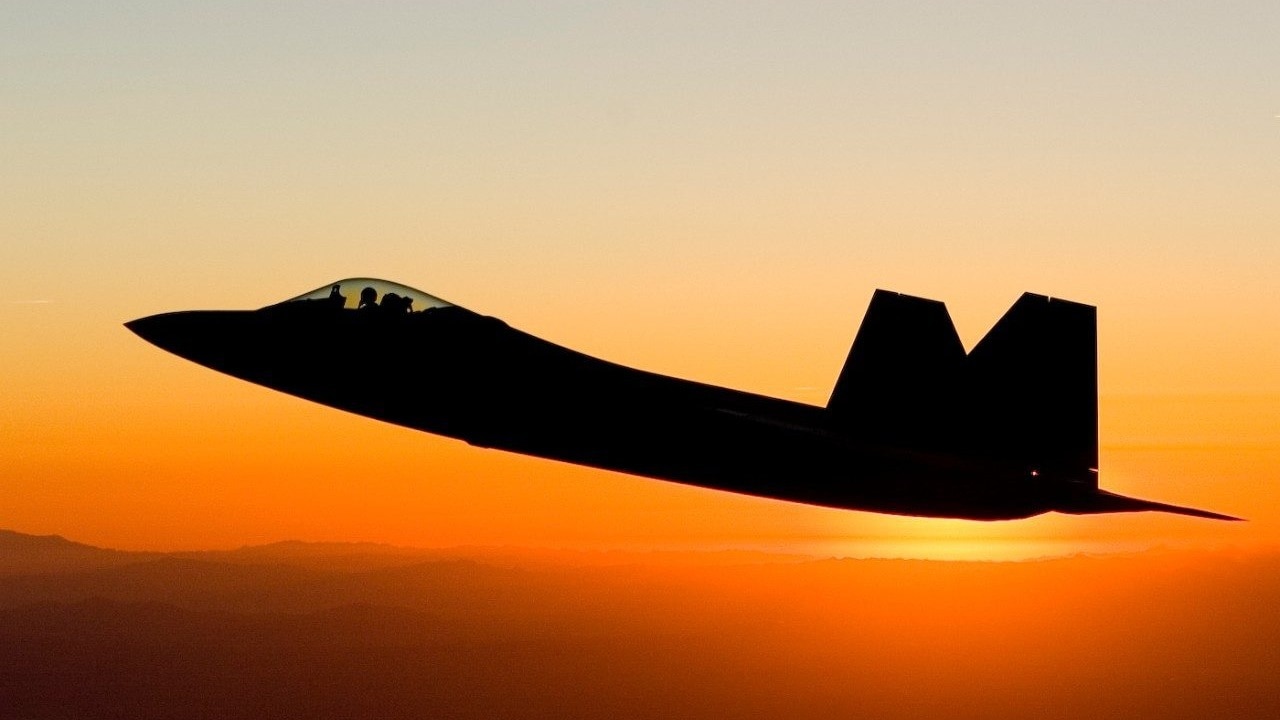The F-22 is easily one of the best–if not the best–stealth fighter on Earth. So why doesn’t the Air Force build more? Let us give you some answers: China and Russia are flying their own fifth-generation fighters so it would then make sense to produce as many F-22s as possible to counter those threats, which would mean long closed down production lines. That, at least on the surface would make a lot of sense, and the idea received much public debate back a few years ago. However, in practice, it would be almost impossible.
The F-22 is expensive with $74 billion invested in the fighter during its lifetime. The United States stopped making them in 2011 because of the belief that a fighter-interceptor for dogfighting was not necessary during the war on terror. But operations in Afghanistan and Iraq are mainly over except for dealing with elements of ISIS, and that’s more of a job for special operations forces. But now more airplanes adept at dogfighting may be necessary for potential great-power conflict with Russia and China as well as rogue states like Iran and North Korea.
The Downside of F-22s
While the F-22 is amazing fighter aircraft, the plane does have its share of challenges.
For one, F-22 Raptors have a long checklist of tasks that need to be completed before a flight. There has been one crash last year that the Air Force doesn’t like to discuss.
Reliability has been a concern. For example, F-22 oxygen systems have had well-documented problems and the landing gear collapsed. It needs a lot of stealth coating maintenance.
There is then the argument that the entire program has been overly ambitious and optimistic. Originally, the Air Force wanted 750 F-22s. Then it bought only 186 fighters. Now, estimates state that there are less than one hundred regularly flying at any given time.
What’s Not to Like?
While the stealth fighter has surely had its issues to contend with, advocates for the jet surely have a lot of data to support their case.
At an agile speed of MACH 2, a ceiling of 50,000 feet, and a range of 1,841 miles without refueling, the F-22 has its charms.
In addition to air superiority missions, the stealthy fighter can also take out ground targets.
Technicians can also just plug in a computer to get the latest maintenance information. New weapons like beyond-visual-range missiles can be loaded up as they are updated. Datalinks allow it to “talk” to the F-35. It has improved situational awareness with its advanced synthetic aperture radar.
Then, there is a clear record of excellence that can’t be disputed. In wargame after wargame, the F-22 dominates the airspace it flies in, taking out in simulated combat anything it comes close to. It even flew under an Iranian fighter jet completely undetected.
Sticker Shock on New F-22 Production
Building more F-22s may be difficult unless Congress throws more money at the program, that much is quite clear.
In 2017, the Air Force did a study investigating how to get more F-22s and what the hurdles were. The most glaring factor was high cost. Starting production without a dedicated manufacturing line was going to cost $50 billion to build 194 more at a cost of over $200 million for each new airplane. $10 billion alone was required to start up the production line.

Image: YouTube Screenshot.
Production Might Be Impossible, Even with Billions Invested
While even money issues seem likely to kill an F-22 line restart, reporting back also from 2017 points to the fact that there might even be harder problems to overcome:
“One recently retired Air Force official with direct knowledge about the service’s efforts to repair two damaged Raptors said that they faced severe difficulties with retrieving the correct tooling. In one example, Air Force maintainers needed to build a particular component from scratch to replace a severely damaged part for an F-22. The crews went into the Conex boxes where the tooling and instructions to build the part were allegedly stored, but to their considerable surprise and aggravation, the container was empty. The same pattern repeated itself several times—and as of the last time the source checked–the issue remains unresolved. The bottom line is that even if the Air Force wanted to, it may not be physically possible to restart the line—at least not without a huge additional investment in time and money.”
No More F-22s
For many reasons you can see above, I don’t see the Air Force starting up production of the Raptor. It’s just too expensive and impractical. And don’t forget the Air Force’s yearning for a 6th generation fighter that will need time and resources as well. So, the F-22 will likely be limited to the number of airplanes that currently exist.
1945’s new Defense and National Security Editor, Brent M. Eastwood, PhD, is the author of Humans, Machines, and Data: Future Trends in Warfare. He is an Emerging Threats expert and former U.S. Army Infantry officer.

